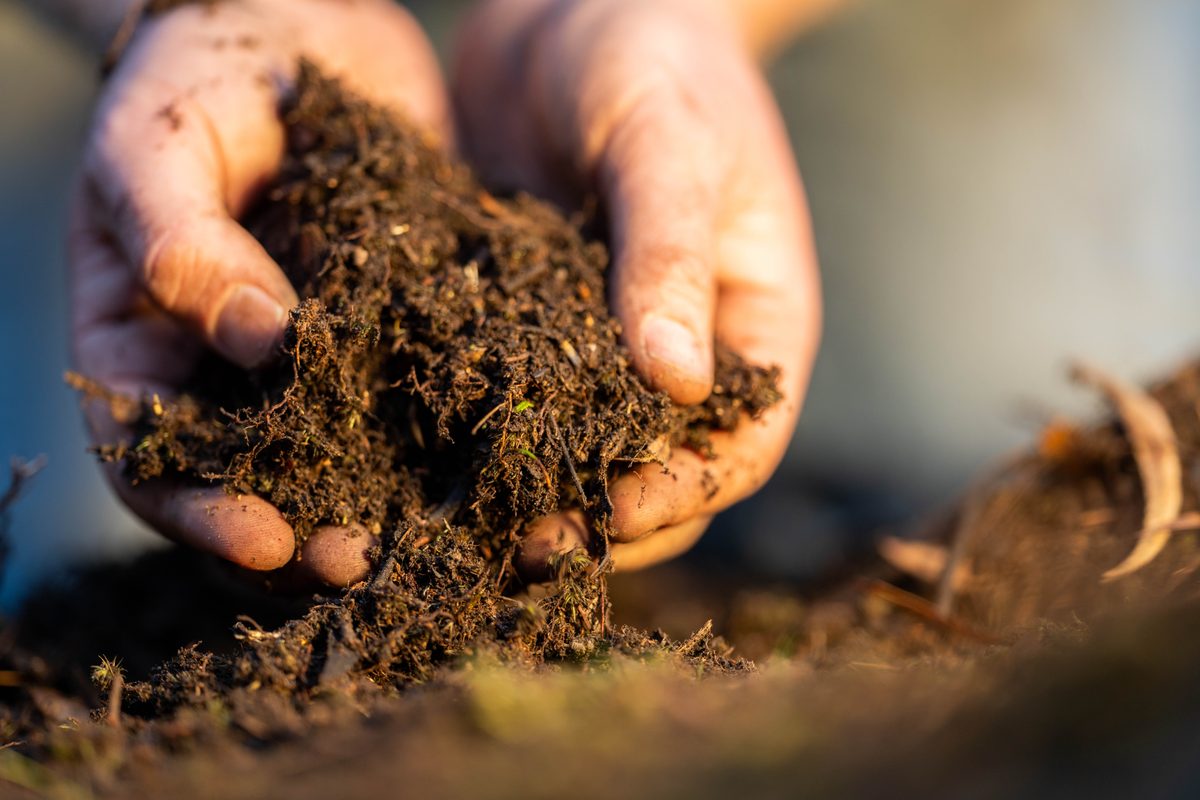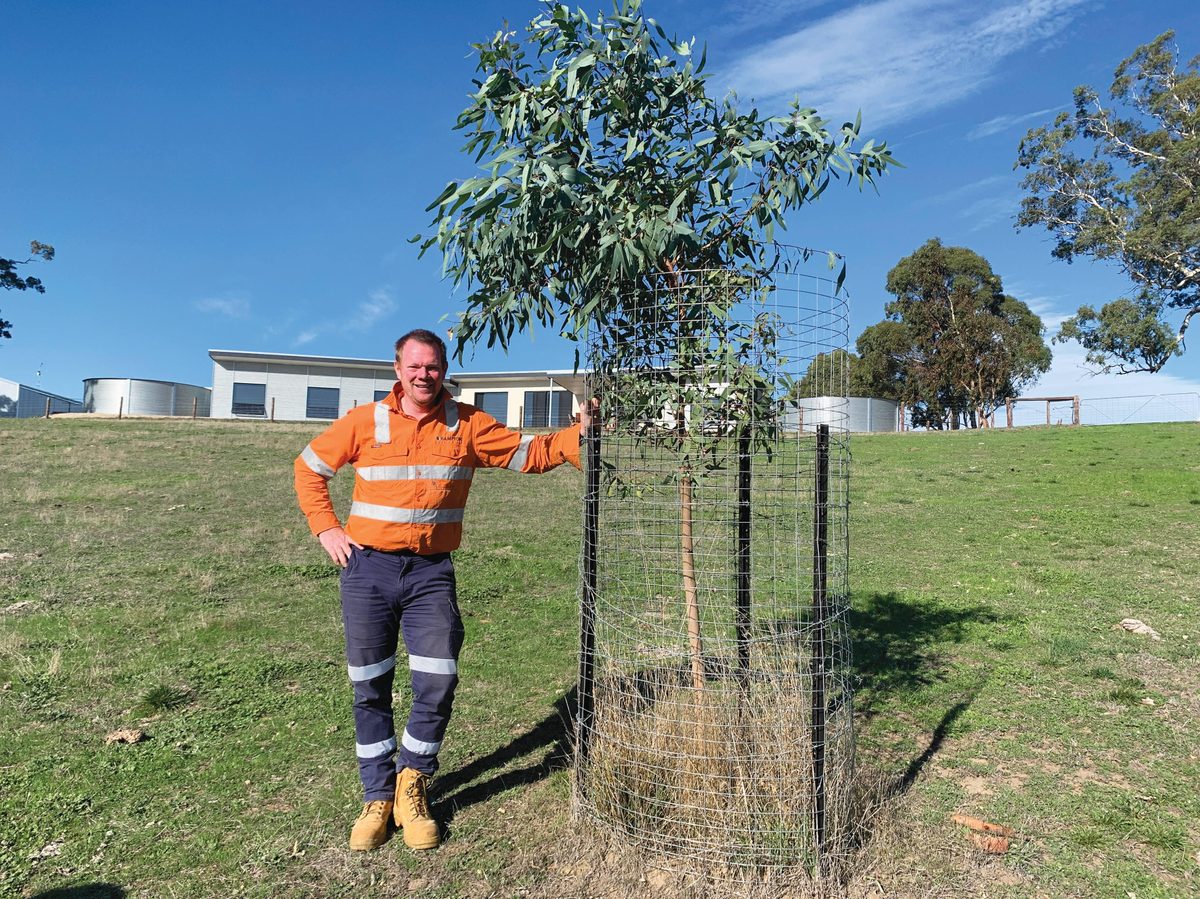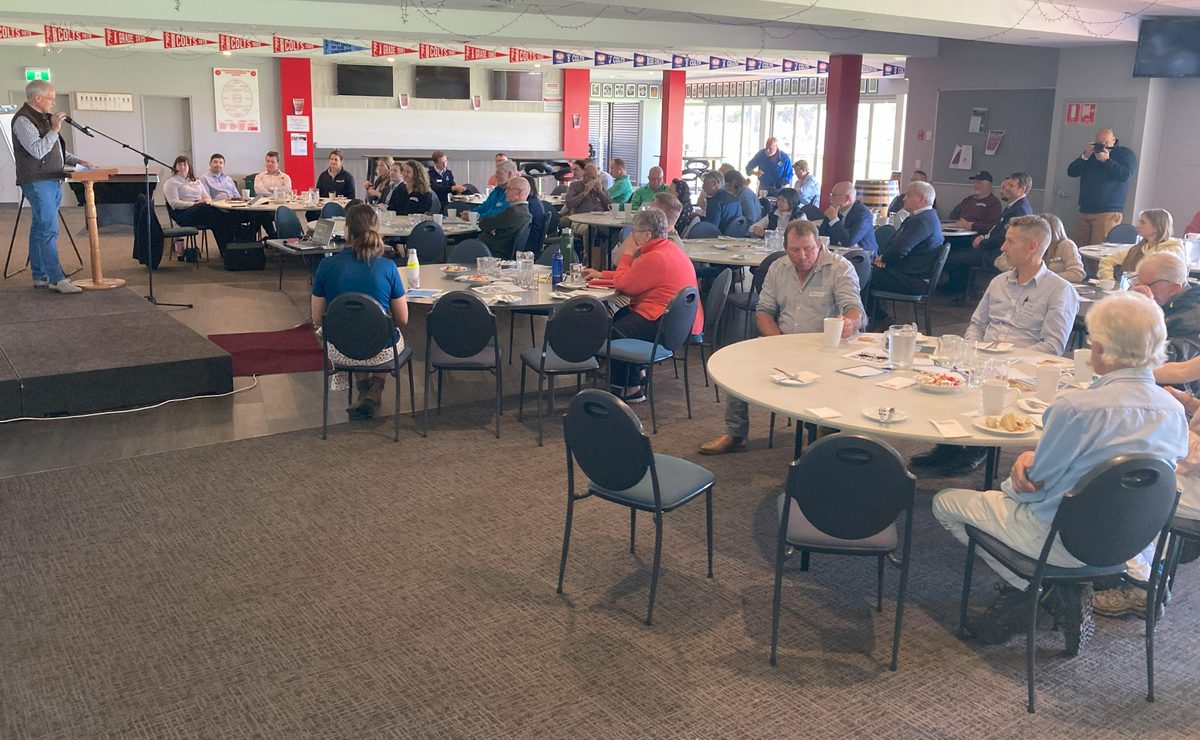Landscape Priorities Fund greenlights 12 important land and nature projects
Twelve grants have been awarded to several of the state’s landscape boards under the 2024-25 round of the Landscape Priorities Fund (LPF).
The fund provides annual grants for landscape boards to work in partnership with other organisations, groups and individuals, to invest in large-scale integrated landscape management projects.
Eligible projects can address a range of landscape management issues including vegetation restoration and rehabilitation projects, supporting threatened species, climate resilience and adaptation, ecosystem recovery, sustainable agriculture and supporting recovery from natural disasters.
2024-25 funded projects
Working on healthy Country plans
Alinytjara Wilurara Landscape Board
$900,000
A partnership with Aṉangu to keep Country healthy for important plants and animals.

Improving Eyre Peninsula’s roadsides: priority weed control and revegetation
Eyre Peninsula Landscape Board
$550,000
Eyre Peninsula is a vast expanse, comprising around 51,000 square kilometres of land. This area supports a road network stretching more than 13,000 km.
Landscape boards have a responsibility to destroy or control declared plants on road reserves under the Landscape South Australia Act 2019. However, with only nine landscape officers spread across the entire Eyre Peninsula, this equates to more than 1,400 km of roadside weed management per officer.
Under this two-year project, a contractor(s) will be engaged to focus on targeted, priority roadside weed control across the region. A detailed monitoring program will be established using innovative technology to monitor weed distribution, abundance and control effort.
Targeted revegetation will also help reduce the ongoing environmental impacts of these weeds throughout roadside vegetation corridors and into adjacent land. Landscape Officers will also continue to work with adjacent landholders and the broader community, thereby ensuring a collaborative approach to weed management.

Revising Eyre Peninsula’s water allocation plan
Eyre Peninsula Landscape Board
$160,000
In South Australia, water allocation plans set out the rules for managing the take and use of a prescribed water resource and are developed by regional landscape boards under the Landscape South Australia Act 2019, with input from the community, industry and other key stakeholders.
The current Water Allocation Plan for the Southern Basins and the Musgrave Prescribed Wells Area was endorsed in 2016 with a review needed every 10 years.
The Eyre Peninsula Landscape Board decided to bring forward the review and revision of the plan by 12 months, for completion by late 2025 and amendment of water licences by mid-2026. This comes after scientific assessment indicated that groundwater resources are no longer able to supply the same amount of water to support regional needs.

Acting on 15 priority weeds on Kangaroo Island
Kangaroo Island Landscape Board
$130,000
This grant will work towards the protection of threatened plant populations, threatened habitats and the ecological value of native bushland though implementing management actions for 15 priority weeds on Kangaroo Island as identified in our regional weed risk assessments.
Key outcomes will include surveillance, mapping and control of 15 priority weeds on private and public land (including along roadsides) together with landholder education around declared and priority weeds and related compliance.
Supporting the Kangaroo Island Landscape Board native plant nursery seed bank
Kangaroo Island Landscape Board
$30,000
The black summer bushfires in 2019-20 burnt over 50% of the native vegetation in the western and central regions of Kangaroo Island.
Following this, one of the most critical capabilities needed to support the recovery was the KILB native plant nursery, which supported the local community by rapidly propagating native plants of local provenance followed by landscape-scale revegetation work.
Native plants of regional provenance survive and grow more successfully than those either planted, or reared, from seed from other regions as they evolve specific microbial and nutrient responses, are adapted to province scale conditions, and maintain genetic variations adapted to local conditions.

Technology and Tradition: integrating Aboriginal knowledge and cutting-edge feral cat management
Kangaroo Island Landscape Board
$60,000
This project will form a partnership between the Kangaroo Island Landscape Board's Feral Cat Eradication team and the Aboriginal-owned and operated business Tracks in the Sand.
This project aims to integrate Indigenous cultural knowledge and traditional practices with the application of cutting-edge technology in an exchange of knowledge, skills, and experience that will improve the delivery of vertebrate pest control and eradication programs in South Australia.

Improving predator exclusion fence to secure the feral cat free Dudley Peninsula
Kangaroo Island Landscape Board
$50,000
This project will deliver critical feral cat exclusion fence upgrades to prevent reinvasion of feral cats to the Dudley Peninsula.
Upgrades include reducing the gap at the Hog Bay Road interface, which is the only main road connecting the Dudley Peninsula to the remainder of the island.
The fencing will allow movement of wildlife, increase the detectability of feral cats and permit the use of high tech control and deterrent tools.

River to Recovery: stopping the flow of post flood pests
Murraylands and Riverland Landscape Board
$998,733
The 2022-23 River Murray flood, the largest since 1956, breathed life back into the iconic floodplains and wetlands of Australia’s longest river, including a potentially once in a lifetime recruitment event of black box woodlands.
The floodwaters, however, also brought with them a significant threat, the proliferation of invasive weeds and pest animals. The distribution and abundance of these species has increased significantly following the flood, threatening environmental and cultural values, disrupting the operation of critical infrastructure, and impacting the community’s enjoyment of the river.
This project will work in close partnership with landholders, First Nations, local councils, community groups, irrigation trusts, other regions, SA Water and National Parks and Wildlife Service SA to prevent post-flood weeds and pests taking hold across the River Murray corridor and stop their spread into other regions, catchments and water supplies.

TURTLE - Together Understanding and Restoring Turtles in our Landscapes and Ecosystems
Murraylands and Riverland Landscape Board - a multi-region project involving Murraylands and Riverland, Hills and Fleurieu, Limestone Coast, Northern and Yorke
$450,000
From the Mighty Murray and its wetlands and floodplains to the smaller creeks and swamps of the Mt Lofty Ranges and Limestone Coast, SA's waterways have been significantly altered from their natural state.
The biodiversity impacts of these changes, in many cases, remain little understood. Freshwater turtles inhabit all of these mainland waterways. They are culturally significant to First Nations and play an important ecological role in maintaining water quality.
Unfortunately, past research along the Murray, local citizen science findings, and First Nations knowledge all point to SA’s turtles being in serious decline. This project brings a large and diverse range of passionate partners together, including landscape boards, First Nations, citizen scientists, NGOs, Councils and landholders, to continue researching turtles and their threats, undertake priority on-ground actions, and develop a management plan that will guide the conservation of freshwater turtles across SA into the future.

Sustainable use of undersized goats to protect native habitat and pasture
South Australian Arid Lands Landscape Board
$275,000
Goats are among the top five most problematic invasive species in Australia, due to their negative impacts on Environment Protection and Biodiversity Conservation (EPBC) listed threatened native species and their contribution to land degradation. Feral/unmanaged goats are a declared species for control in SA.
This project aims to explore innovative approaches to goat management by making use of protein from harvested goats and improving waste management, resulting in a positive impact on the environment.
This joint venture between Zoos SA and landscape boards with a rangelands footprint, entails humane on-site destruction and processing of undersized or unfit to load animals and removal to feed carnivores at the Zoos SA sites. This conservation endeavour, aligned with the values of both parties, will see a reduction of goats and their impacts on the landscape, and removes the temptation for landowners to release for future harvesting, creating a step change in land manager practice.

Towards a feral deer free South Australia
Limestone Coast - a multi-region project involving Limestone Coast, Hills and Fleurieu, Murraylands and Riverland, Northern and Yorke, Eyre Peninsula)
$1,000,000
Landscape Boards across South Australia are working together to eradicate feral deer. The Feral Deer Eradication Program is a collaborative effort aimed at reducing the impact of feral deer on primary production, the environment and community safety.
The LPF funding will provide much needed support to continue the momentum already achieved through the program which has removed over 20,000 feral deer from the state since 2022.
The program integrates aerial and ground shooting operations, monitoring, compliance, and enforcement and provides support to landholders to meet their responsibilities under the Landscape South Australia Act 2019 to destroy feral deer on their property.
South Australia has a unique opportunity to tackle feral deer while their population remains less wide-spread compared to the eastern states. With the right strategic approach, eradication is achievable.

Improving landscape health of sandy soils prone to erosion and declining fertility
Limestone Coast - a multi-region project involving Limestone Coast and Murraylands and Riverland)
$160,050
Veldt grass perennial pasture stabilises our most fragile sandy soils and provides a hardy feed base to grazing livestock in the Upper Southeast and Southern Mallee. It establishes on deep non-wetting sandy soils with poor nutrition and acidity, where dryland lucerne won’t persist.
The project is being delivered by the Limestone Coast Landscape Board in partnership with the Murraylands and Riverland Landscape Board, Coorong and Tatiara Local Action Plan and the SA Drought Hub.
It will explore the benefits of better nutrition, companion species and innovative treatments for veldt grass perennial pastures, which stabilise fragile sandy soils and provides a hardy feed base to grazing livestock in the Upper Limestone Coast and Southern Mallee.
Non-wetting sandy soils in this area often have low fertility, are prone to wind erosion and do not support dryland lucerne.
Many of these areas are also being invaded by the declared weed, African lovegrass. The project involves demonstration trials, farmwalks and workshops which will provide landholders with the tools and knowledge required to identify their soil constraints, maximising pasture system production and landscape health with sustainability outcomes.
Complementing this, a sandy soils African lovegrass weed management demonstration trial is already underway in the region.




